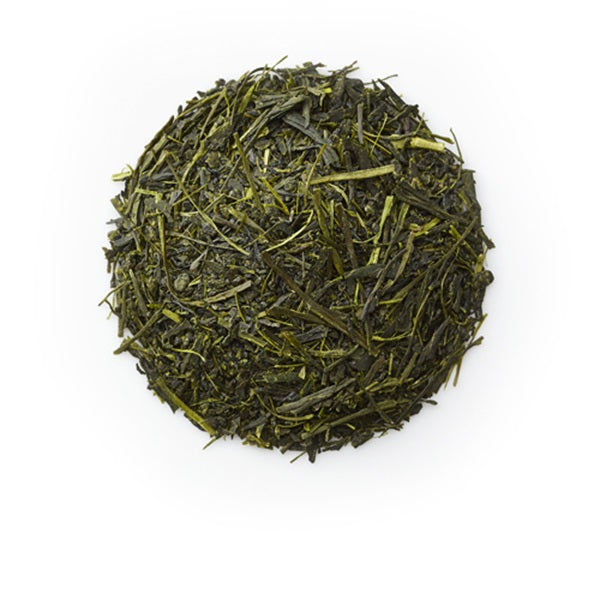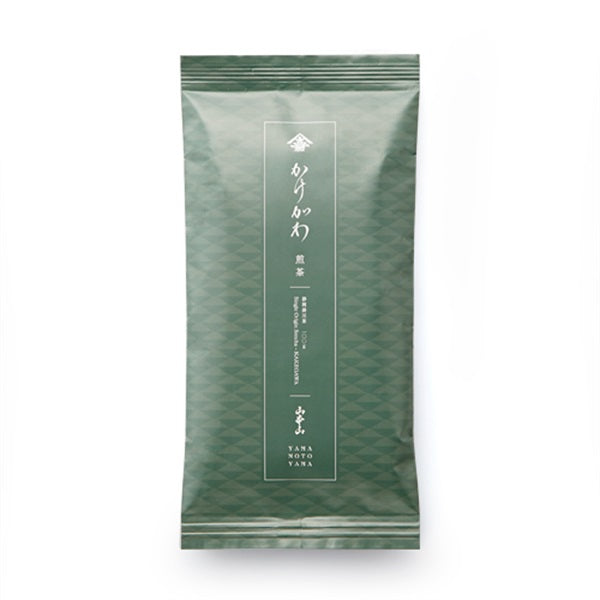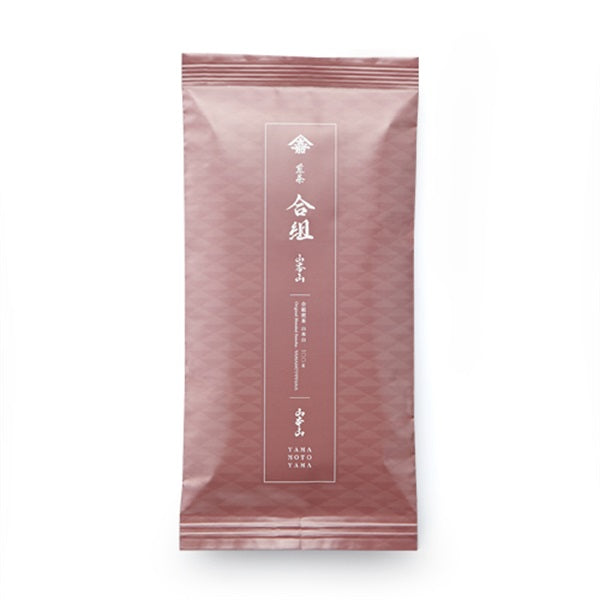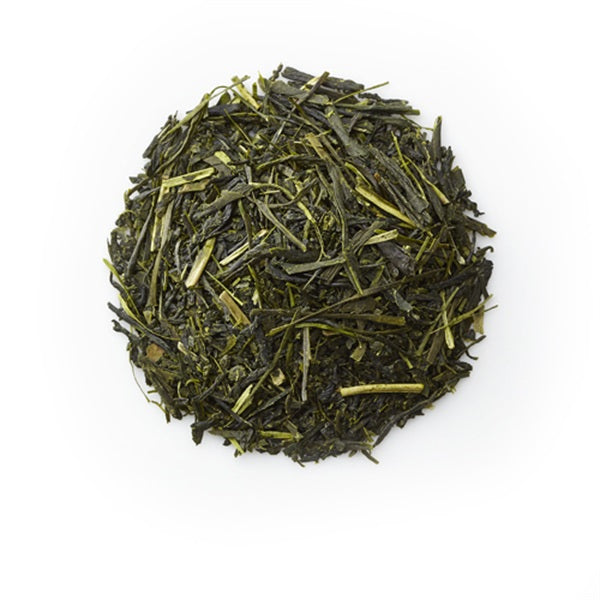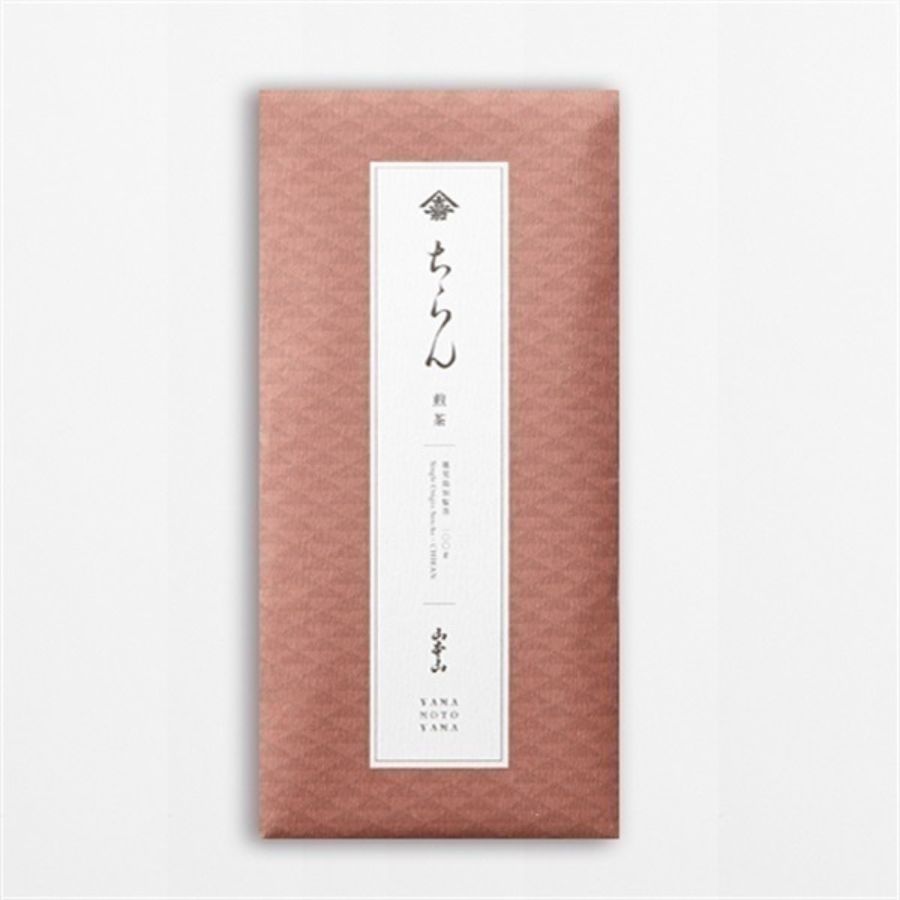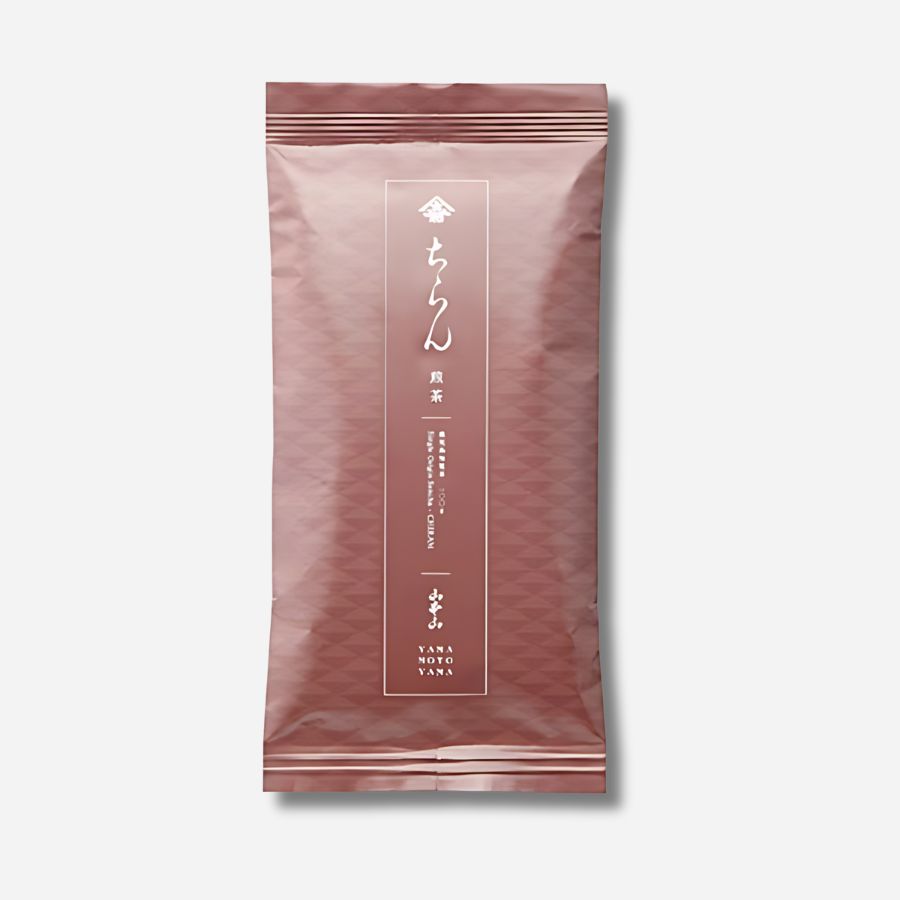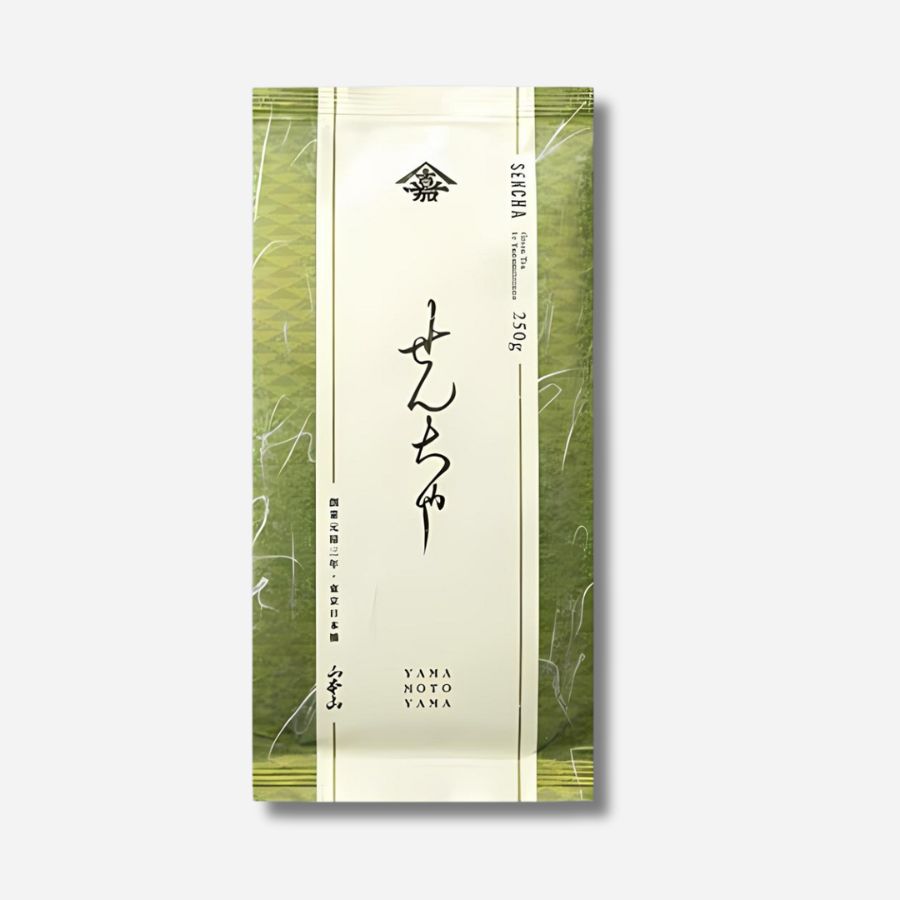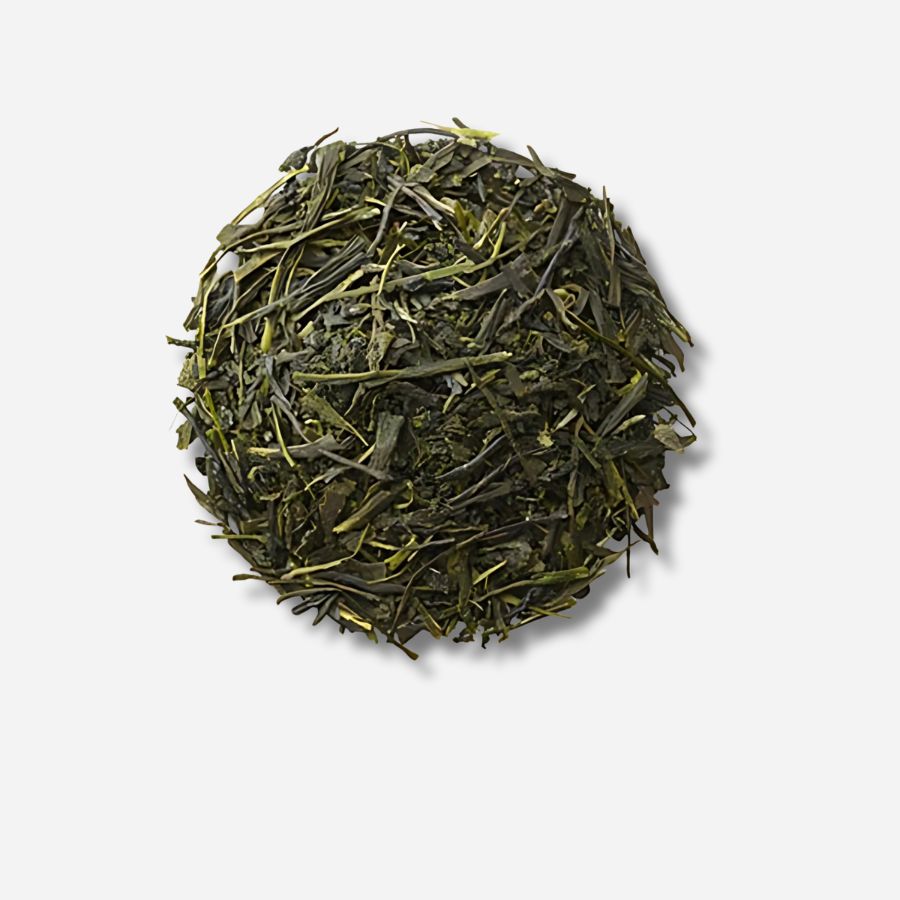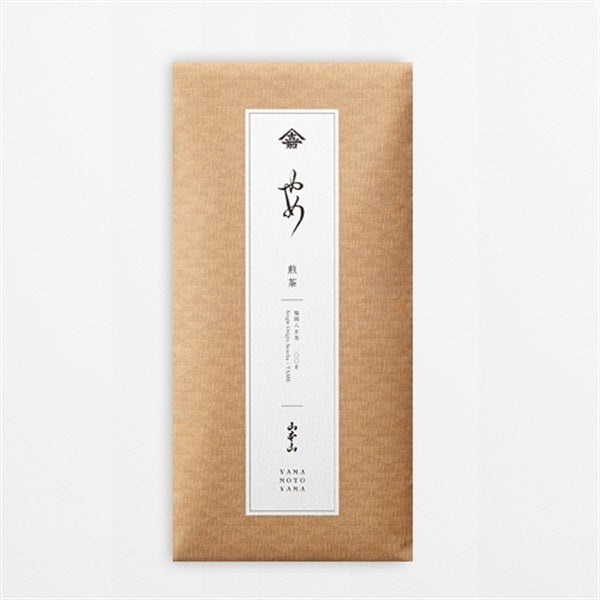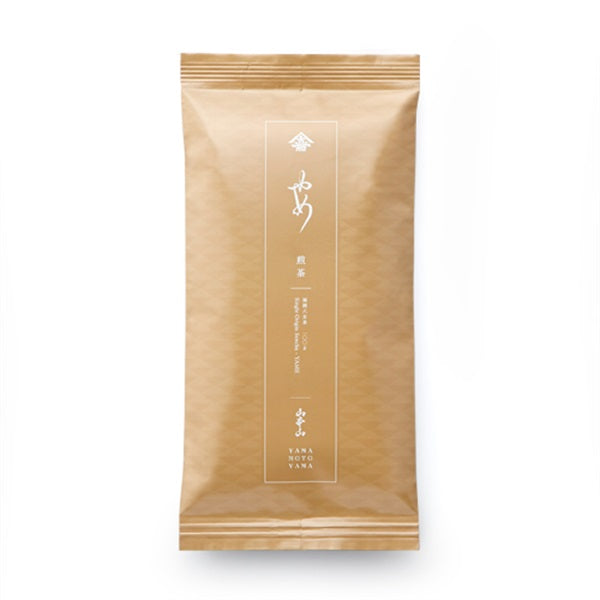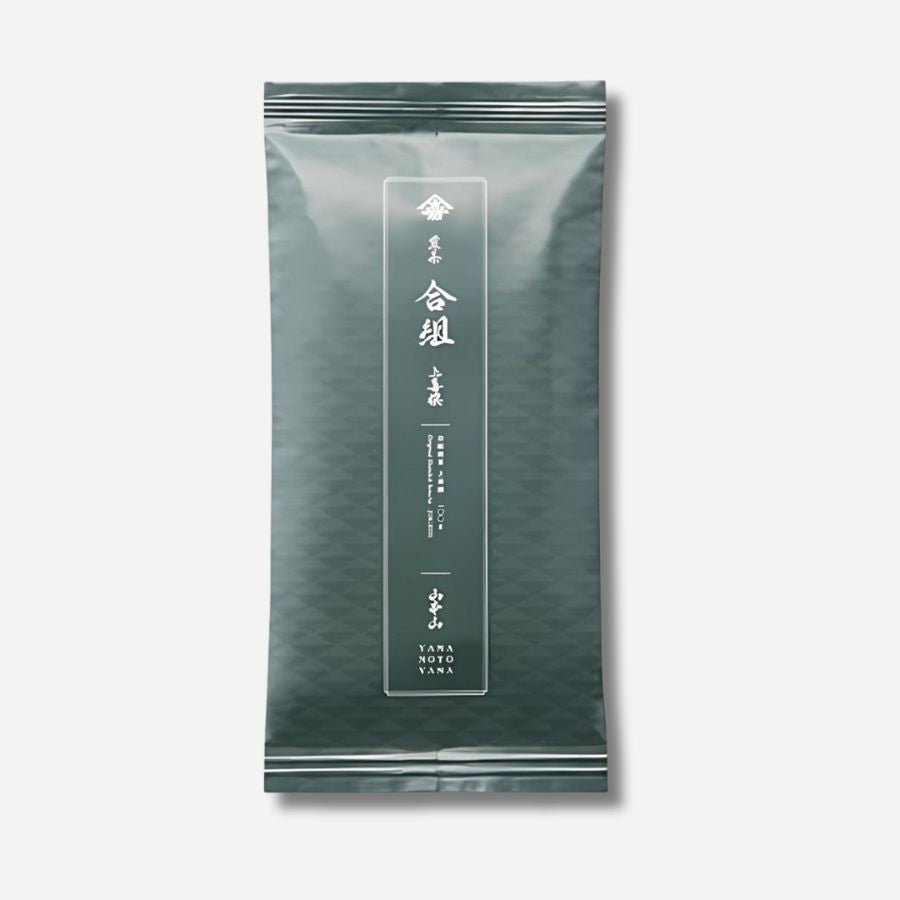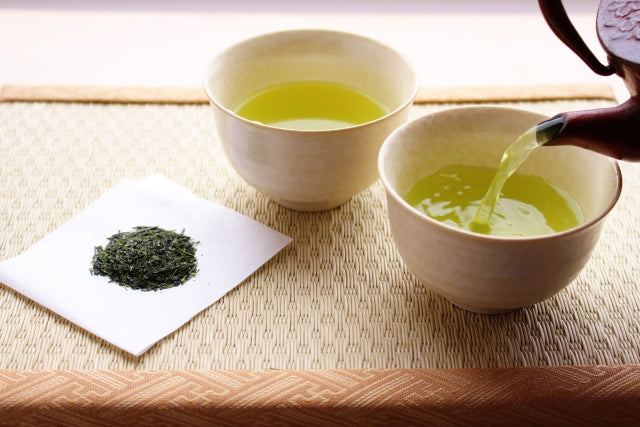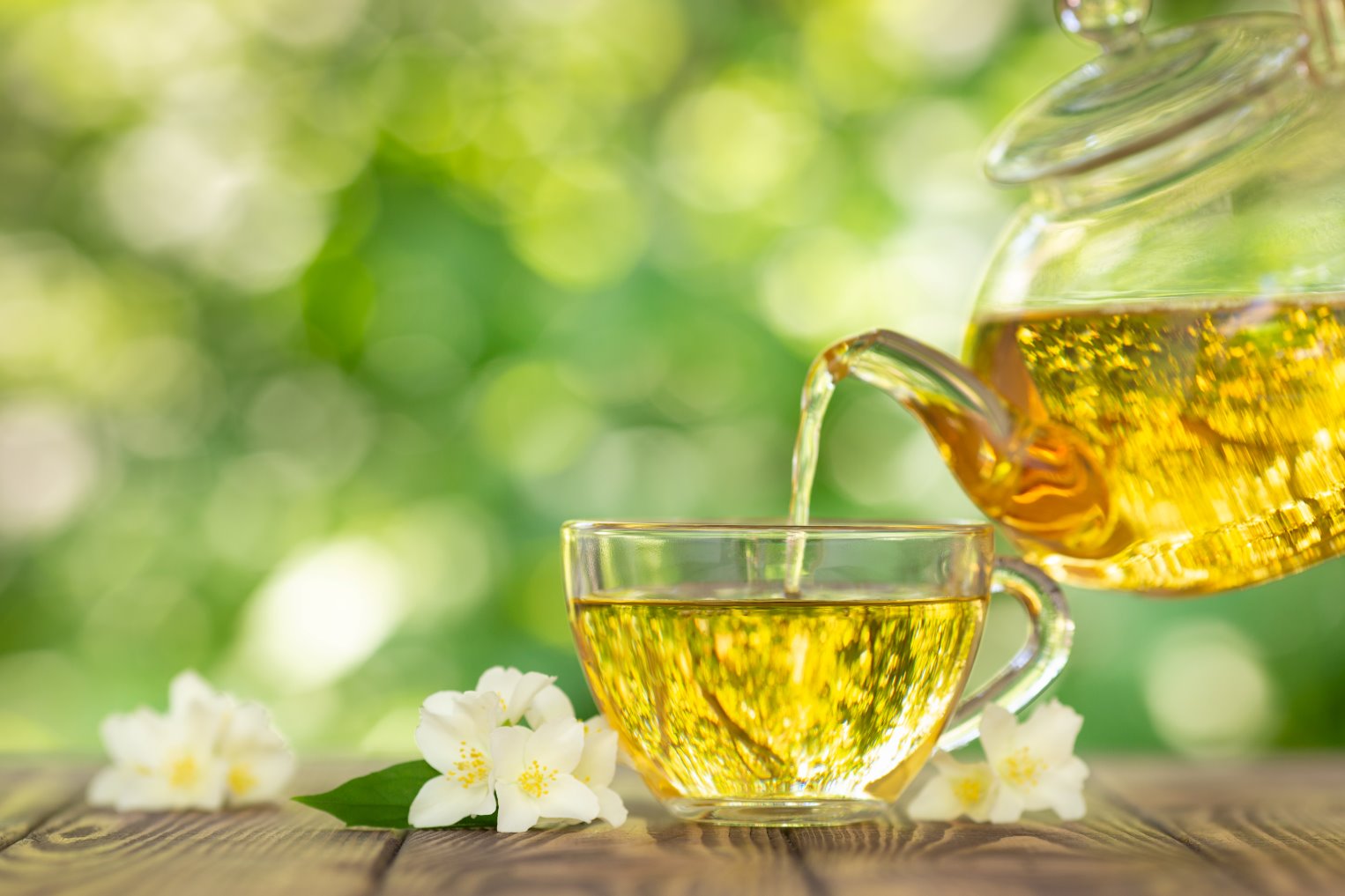
Homemade tea on a hot plate! Easy and delicious tea making
Introduction
Tea that you can easily buy at the supermarket is delicious, but why not try making a special cup of tea just for yourself?
This time, we will introduce how to make tea using a hot plate, which is easy even for beginners. No special tools are required.
Make your own original tea using ingredients from your kitchen

material
- Fresh tea leaves: 200-300g
- Hot plate
- Covering (baking sheet, etc.)
- Japanese paper

Preparation
- Prepare fresh tea leaves: Prepare fresh tea leaves. The taste of the finished product will change depending on the type of tea leaves, so choose your favorite tea leaves.
- Prepare the hot plate: Heat the hot plate to 200-250°C.

How to make it
1. Killing Blue
-Spread the fresh leaves on a heated hot plate.
- To prevent the leaves from burning, lift the leaves constantly and stir to distribute the heat evenly.
- After about 4-5 minutes, the leaves will turn bright green and the fishy smell will disappear.
- Place the leaves on a mat to allow the moisture to evaporate.
2. Massage
Once the leaves have cooled slightly, gently rub them in your palms, being careful not to let the leaves harden too much.
- Kneading breaks down the cells in the leaves, making it easier for the umami components to come out.
- Put the kneaded leaves back on the hot plate to remove the moisture.
- Repeat this kneading and drying process.
- You can adjust the flavor of the tea by adjusting the strength and number of times you knead.
3. Drying
-As the leaves dry, knead them more vigorously to give them shape.
Once it becomes moist, dry it again.
-When drying, reduce the temperature to 120℃ and dry slowly on a hot plate covered with Japanese paper.
- Set aside any powder that comes out during cooking to prevent it from burning.
4. Finishing touches
- When the tea leaves turn whitish and hard, and give off a fragrant aroma, they are done.- Allow to cool and then store in an airtight container.

summary
What did you think about making tea using a hot plate?
By tweaking the basic recipe above, you can make a variety of different types of tea, such as sencha and hojicha.
For example, if you roast it at a higher temperature during drying, it becomes Houjicha, and if you roast it together with brown rice, it becomes Genmaicha.
To create the flavor you like, various factors are involved, such as the type of tea leaves, heat, and rolling method.
It may seem difficult at first, but after making it a few times, you will get the hang of it. Please take this opportunity to experience the fun of making tea.




